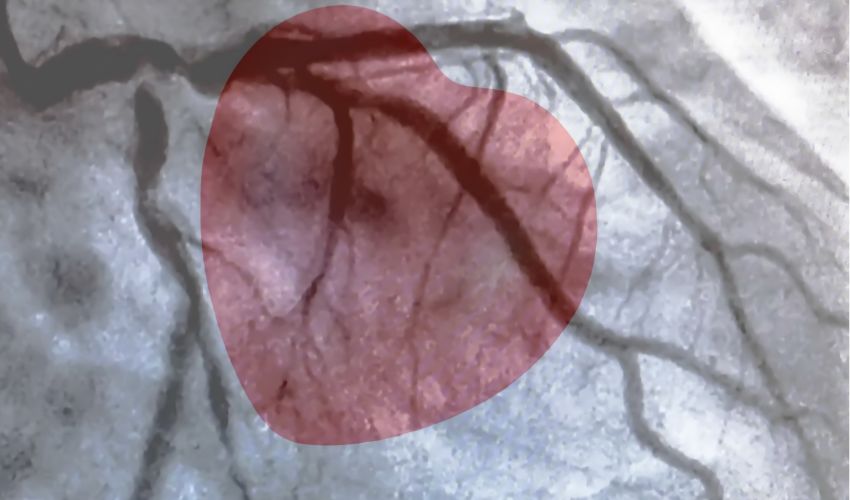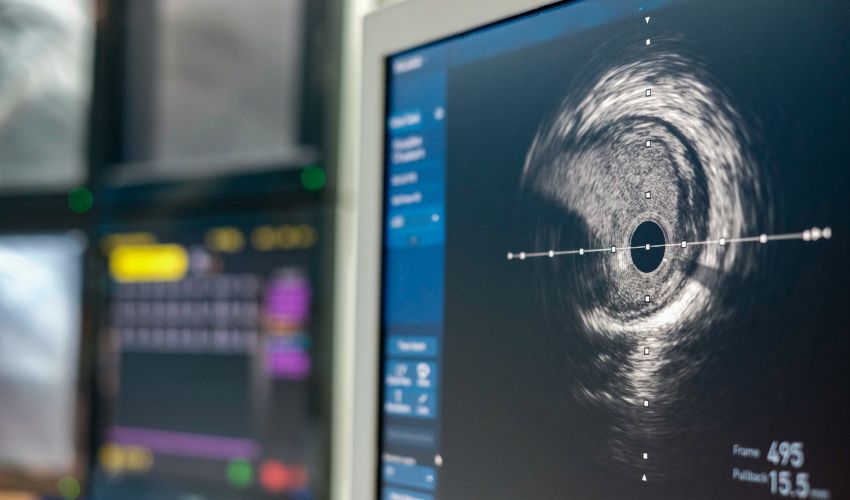Cardiac catheterization is a common medical procedure that allows doctors to diagnose and treat a variety of heart conditions. During the procedure, a thin, flexible tube called a catheter is inserted into a blood vessel in the arm or groin and threaded through to the heart. Once in place, the catheter can be used to perform a variety of diagnostic tests and treatments, such as measuring blood pressure, injecting dye to visualize blood flow, or opening blocked arteries with a balloon or stent.
In this article, we will take a closer look at what cardiac catheterization is, how it is performed, the potential risks and benefits, and answer some commonly asked questions.
What is Cardiac Catheterization?
Cardiac catheterization, also known as coronary angiography, is a diagnostic procedure that allows doctors to evaluate the structure and function of the heart and its blood vessels. The procedure is typically done in a hospital or outpatient clinic and can take anywhere from 30 minutes to several hours.
How is Cardiac Catheterization Performed?
During cardiac catheterization, the patient is given a mild sedative to help them relax. A local anesthetic is then used to numb the area where the catheter will be inserted, typically in the groin or arm. A small incision is made, and the catheter is threaded through the blood vessels to the heart.
Once the catheter is in place, a variety of diagnostic tests and treatments can be performed. For example, dye can be injected to visualize blood flow, and measurements can be taken to determine blood pressure and oxygen levels. In some cases, the catheter can also be used to perform treatments, such as opening blocked arteries with a balloon or stent.
Risks and Benefits of Cardiac Catheterization:
As with any medical procedure, there are risks and benefits associated with cardiac catheterization. Some of the potential benefits include:
- Accurate diagnosis of heart conditions
- Ability to perform certain treatments during the procedure
- Improved outcomes for certain heart conditions
Some of the potential risks include:
- Bleeding or bruising at the catheter insertion site
- Allergic reaction to the dye used during the procedure
- Blood clots or damage to blood vessels
- Stroke or heart attack

It’s important to discuss the potential risks and benefits of cardiac catheterization with your doctor to determine if the procedure is right for you.
Frequently Asked Questions:
How long does cardiac catheterization take?
The procedure typically takes anywhere from 30 minutes to several hours, depending on the complexity of the case.
Will I be awake during the procedure?
You will be given a mild sedative to help you relax, but you will be awake and able to communicate with the medical team during the procedure.
Is cardiac catheterization painful?
You may feel some discomfort or pressure during the procedure, but it should not be painful. Your doctor will use local anesthesia to numb the area where the catheter will be inserted.
How long will I need to stay in the hospital after cardiac catheterization?
Most patients are able to go home the same day as the procedure, but some may need to stay overnight for observation.
Can I resume normal activities after cardiac catheterization?
Most patients are able to resume normal activities within a day or two after the procedure, but it’s important to follow your doctor’s instructions for recovery.

Conclusion
Cardiac catheterization is a valuable tool for diagnosing and treating a variety of heart conditions. While the procedure does carry some risks, the potential benefits can be significant, including improved outcomes for certain heart conditions. If you have been recommended for cardiac catheterization, it’s important to discuss the potential risks and benefits with your doctor and make an informed decision about whether the procedure is right for you.
Remember, cardiac catheterization is just one tool in the arsenal of modern medicine, and there are many other ways to keep your heart healthy, such as regular exercise, a healthy diet, and avoiding tobacco and excessive alcohol consumption. By taking care of your heart and working with your medical team, you can enjoy a healthy and fulfilling life for years to come.






















